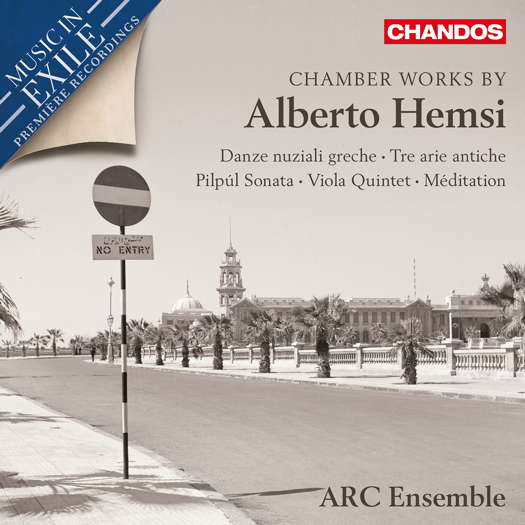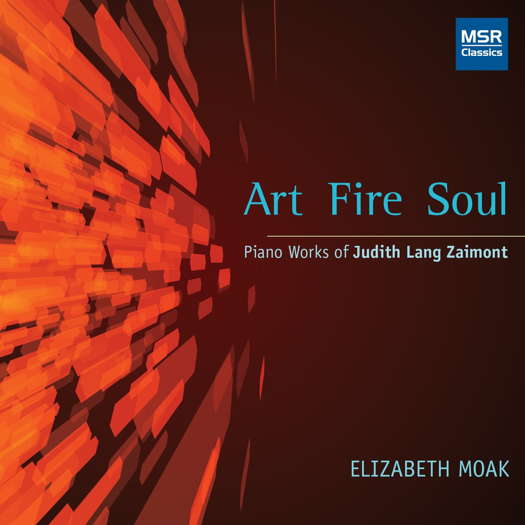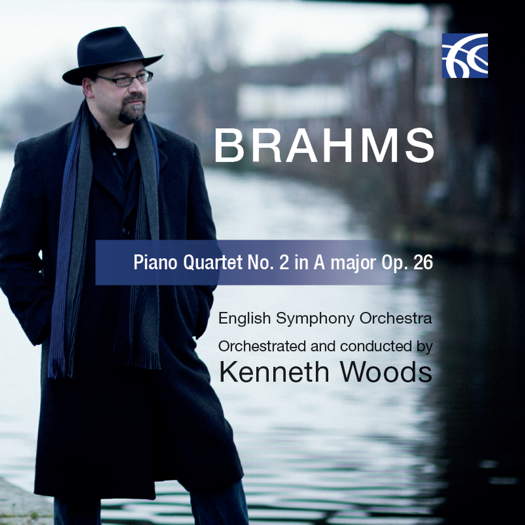- Bhutan
- Henry Purcell
- Met Opera
- Widmann
- Eric Le Van
- Lowell Liebermann: Frankenstein
- Nessun Dorma
- Conrad Prebys Performing Arts Center

Alberto Hemsi: Chamber Works
CHAN 20243 (Chandos Records, CD)
FIRST RELEASE (14 October 2022)
Playing time: 63'46"
Tracks: 14
Booklet pages: 44
℗ 2022 Chandos Records Ltd
© 2022 Chandos Records Ltd
Main country of recording: Canada
Reviewer: Robert McCarney
Review of Alberto Hemsi: Chamber Works published on 17 September 2022
ARC Ensemble:
Erika Raum, violin
Marie Bérard, violin (tracks 7-9)
Emily Kruspe, violin
Steven Dann, viola (tracks 4-6 and 10-13)
Julien Altmann, viola
Tom Wiebe, cello
Kevin Ahfat, piano
Alberto Hemsi (1898-1975):
Danze nuziali greche (Greek Nuptial Dances, for cello and piano), Op 37 bis (1956)
1 In Honour of the Mother-in-law
2 In Honour of the Bride
3 In Honour of the Godfather
Tre arie antiche (dalle 'Coplas Sefardies'), Op 30 (circa 1945)
4 Ballata
5 Canzone
6 Rondò
Pilpúl Sonata for violin and piano, Op 27 (1942)
7 Allegretto comodo – Poco meno – Tempo I – Poco meno –
Con molta grazia – Meno – Meno – Meno mosso, scherzando – Andantino poco mosso – Tempo I – Meno – Tempo I –
Con molta grazia – Poco più mosso – Poco più mosso –
Lento – Allegro
8 Larghetto meditativo
9 Allegretto rapsodico
Quintet in G for viola and string quartet, Op 28
10 Concertino
11 Burlesca
12 Berceuse
13 Rondò
14 Méditation (in Armenian style) for cello and piano, Op 16 (before 1931)
This CD has also been reviewed by Geoff Pearce.
Alberto Hemsi was born in 1898 in Turgutlu (also known as Cassaba), in Anatolia (present-day Turkey). Although there had been a Jewish presence in Anatolia for more than 2,000 years, the population expanded considerably following the Alhambra Decree of 1492, with the arrival of Sephardim from Spain and Portugal. It then dwindled precipitously with the disintegration of the Ottoman Empire, the rise of Nazism, the creation of the state of Israel, and the escalation of anti-Semitism in the Arab world. Having completed his training at the conservatory in Milan, Hemsi returned to Anatolia determined to collect and notate as much traditional Sephardic music as he possibly could. A fascination with national folk music had taken root throughout Europe – Bartók and Kodály in Hungary, Dvořák and Smetana in Bohemia, and Vaughan Williams and Gustav Holst in England being the most familiar examples. Because his research was not defined by political or geographical boundaries, Hemsi was compelled to survey the myriad communities spread throughout the vast Sephardic diaspora. He was as fascinated by this musical heritage as he was concerned about its survival but, like so many composers, he also understood how traditional melodies, together with the various performance styles and conventions that supported them, could provide inspiration and nourishment for his own music.
Recorded 21-22 December 2021 and 15-16 February 2022 at Koerner Hall, Telus Centre for Performance and Learning, The Royal Conservatory of Music, Toronto, Ontario, Canada.



